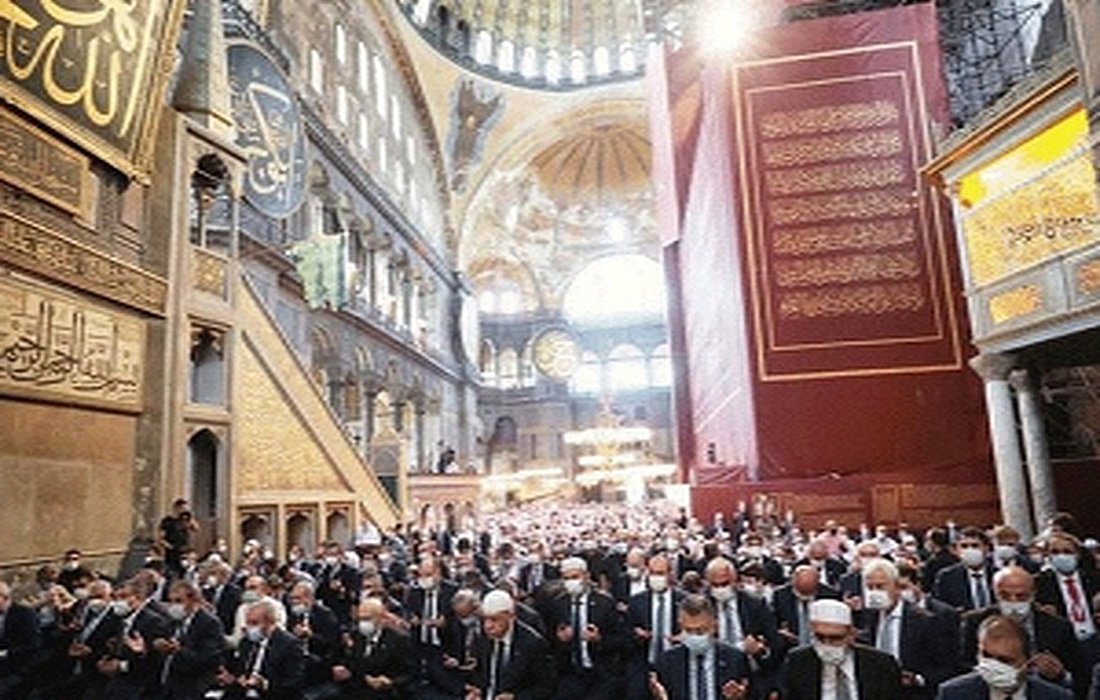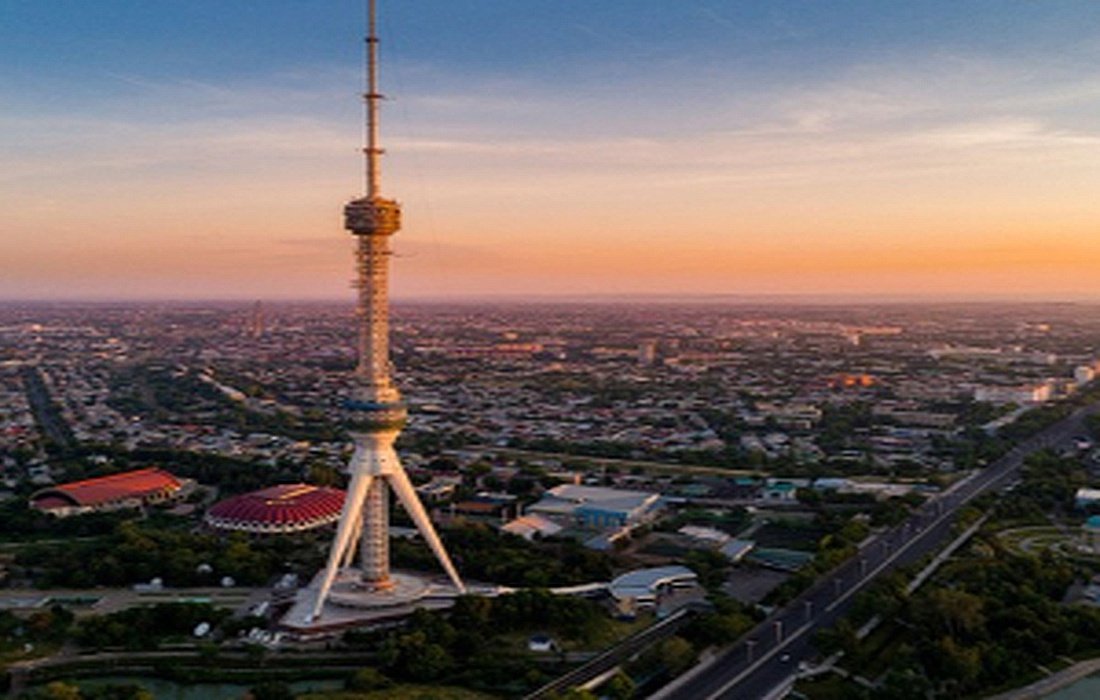Even when you are inthe best hotels in Istanbulyou will hear the story of Hagia Sophia Mosque. Hagia Sophia in Istanbul was built between 532 and 537 AD, located in the Fatih district. It is one of the main sights in the European part of Istanbul and is very important historically and culturally to Turkey. It is over 1,485 years old!
The key point about Hagia Sophia’s age is that the main building was constructed many years before this period. Unfortunately, it was completely destroyed in 325 AD. After that, Hagia Sophia was rebuilt in 404 AD, but it was destroyed again in 532 AD. It was rebuilt and completed in 537 AD, and today it is known as one of the most famous mosques in the world.
Hagia Sophia is a place of worship for followers of different religions.
When we hear the word “mosque” alongside Hagia Sophia, we might think that from the beginning, it was used as a place for Muslim and Shia worship. But that’s not true! You might be surprised to learn that Hagia Sophia was originally a pagan temple. Then, it became a church. After Sultan Mehmed the Conqueror and the Ottoman Empire’s victory, and the spread of Islam in the city (old Constantinople), Hagia Sophia was converted into a mosque in 1453. It’s common that many mosques in Istanbul, like Hagia Sophia, were originally Christian churches.
The conversion of Hagia Sophia from a church to a mosque
To change Hagia Sophia from a church into a mosque, parts had to be added and Christian symbols removed, such as:
- Wooden minaret
- Mihrab (prayer niche)
- Minbar (pulpit)
- Chandelier
- Covered minaret gallery for the muezzin
The conversion of Hagia Sophia from a mosque to a museum
In 1934, Hagia Sophia in Istanbul was turned into a museum by order of Mustafa Kemal Atatürk, Turkey’s first president. To convert it into a museum, certain changes were needed. For example, the carpeted floors were uncovered during restoration. With the help of specialists and under the management of Thomas Whitmore, the plaster over the tiles was carefully removed, revealing the marble flooring that had been hidden for centuries. Finally, on February 1, 1935, Hagia Sophia’s doors in Turkey reopened as “Hagia Sophia Museum in Istanbul.”
The Re-conversion of Hagia Sophia Museum back into a mosque
You might be surprised to hear this, but Hagia Sophia was re-converted once again. The story is that Turkey’s Supreme Court and President Recep Tayyip Erdoğan requested to change Hagia Sophia back to a mosque. After many disagreements and disputes, on July 24, 2020, Friday prayers were held there, and after 86 years, Hagia Sophia was officially re-opened as a mosque.
Architectural features of Hagia Sophia Mosque in Istanbul
If you search online about the architecture of Hagia Sophia in Istanbul, you will often see the terms “Byzantine architecture” and “basilica plan.” Let’s first understand what these terms mean. Byzantine architecture is one of the most common styles in the Eastern Roman Empire. The structures from the Byzantine era are quite diverse. According to Wikipedia, a key feature of Byzantine buildings is that they were not limited to using local materials and structures. For example, stones from Syria or Palestine could be used to build in Italy in Byzantine style. In the construction of Hagia Sophia, materials like marble columns from the Artemis Hall (Temple of Artemis) were used.
Hagia Sophia in Istanbul is one of the most important remaining examples of Byzantine architecture, built in the Byzantine style with a basilica plan. The church has a rectangular hall longer than it is wide. Two parallel rows of seating are arranged at the end of the basilica hall. The area of Hagia Sophia in Istanbul is about 6,000 square meters.
This precious building has 107 columns, four of which are taller and four arches that form the foundation of the mosque. The interior decorations and paintings—made of wood, metal, stone, and beautiful calligraphy—are very artistic and delicate, making the interior space extremely beautiful. All internal surfaces are covered with white, green, purple marble, volcanic rocks, and golden mosaics. The columns also have a shiny finish and are very striking at first glance.

Important Tips for Visiting Hagia Sophia Mosque
In 2019, nearly 4 million people visited Hagia Sophia in Istanbul, making it one of Turkey’s most popular tourist attractions.
There are two white marble vases on either side of the entrance corridor, which were brought from Rome and Greece by Sultan Murad III, the twelfth Ottoman Sultan. Hagia Sophia has been a museum since 86 years ago.
Paintings and visual arts in Hagia Sophia Mosque were covered on the order of Suleiman the Magnificent (the tenth Ottoman ruler) so that Friday prayers could be held. During the time of Murad IV, the ceiling and walls of Hagia Sophia were decorated with Quranic verses.
Hagia Sophia has stood for nearly 1500 years in the beautiful city of Istanbul, as a historical monument with stunning architecture and unique interior decoration. Every year, thousands of visitors from around the world come to see the best examples of Byzantine architecture and marvel at its grandeur and beauty.
We all know that religious places are very valuable and sacred to their followers; therefore, showing respect and following religious etiquette are essential when visiting. After staying at the best hotels in Istanbul, if you plan to visit Hagia Sophia, there are some key points you should remember, which we will discuss below:
- Remove your shoes when entering the mosque.
- Respect prayer times and daily prayers.
- Keep quiet inside the mosque.
- Walk carefully towards the mosque and avoid running.
- Do not look at worshippers during prayers.








